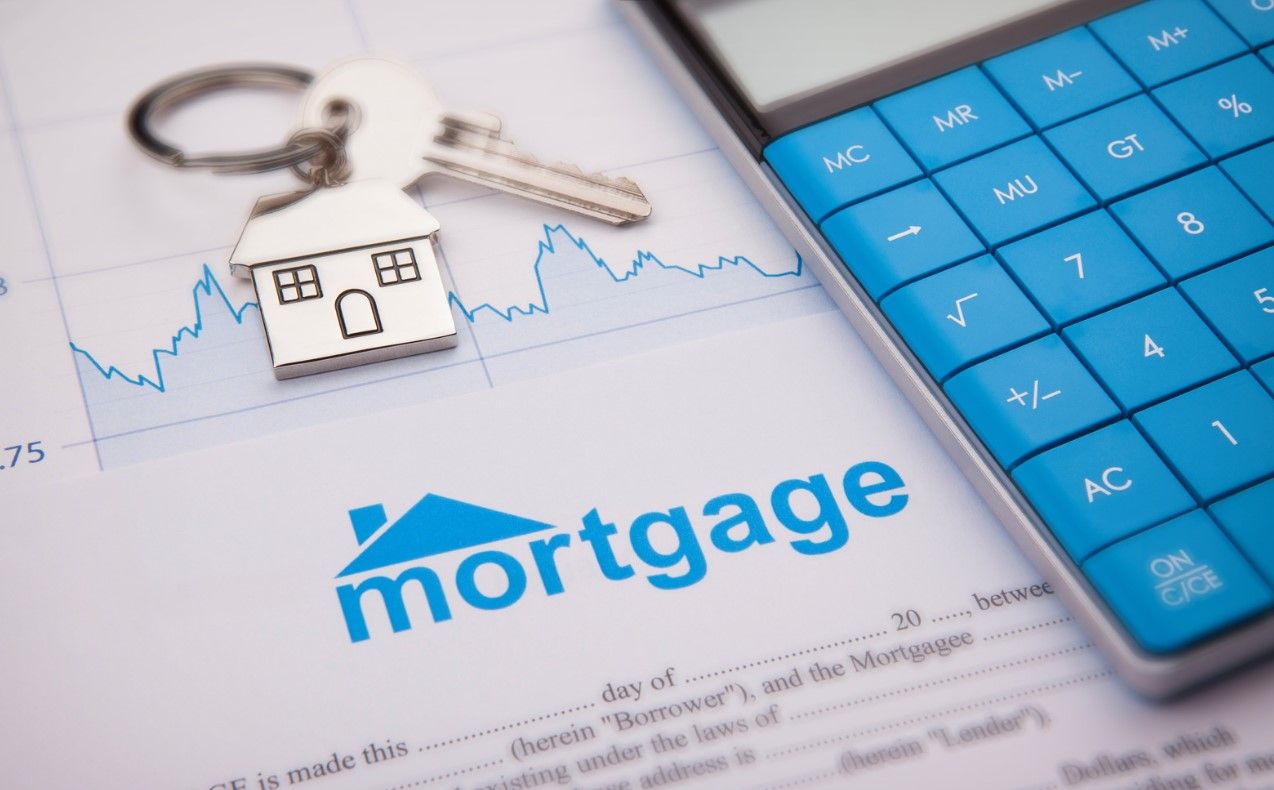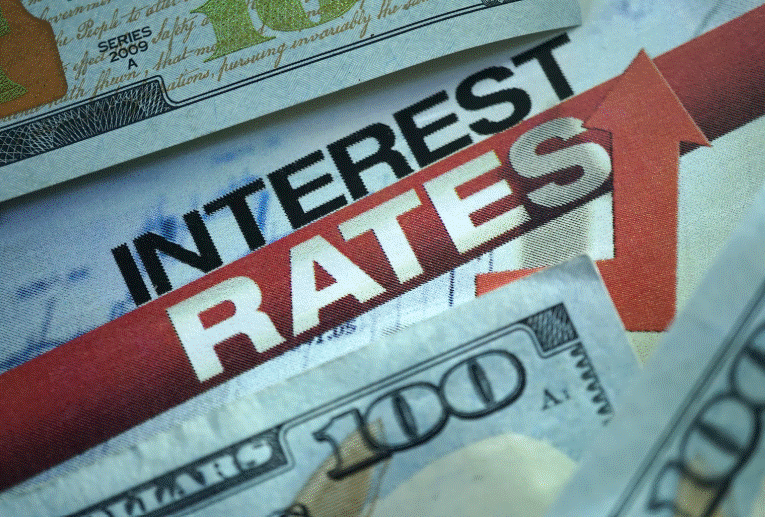A mortgage is either a tool to obtain financial security and prosperity…or it is a burdensome budgetary albatross that demands feeding month after month. The role of the home loan is really a matter of how a household manages debt and orders priorities. Some view credit as an important component in building wealth and enjoying life. To others, however, borrowing is a necessary evil, one which needs to be brought to heel quickly. These divergent views help to determine what kind of property financing new borrowers will select. They might find, at any rate, that their loan terms are not immune from a little tweaking.
The “Safest” Option
Most fixed-rate mortgage loans are for 15, 20 or 30-year lengths. Shorter and longer terms can be found among various lenders but their presence is less common. By far, the 30-year product is the most opted-for loan, especially by first-time home buyers. On the face of it, it seems like the tried-and-true, most conservative pick. Especially for those into a new house for the long term, a lower monthly remittance over a more extensive period of time is safer and more manageable. Alternatively, the higher payments associated with a 20-year loan – and more so with a 15-year – leave less cash per month for other needs and wants.
The “Quickest” Option
By contrast, a 15-year advance promises a higher regular outlay: that means less for savings, the kids, the cars and fun, among other necessities. Is cutting the term in half worth the sacrifice? On the other hand, is the sacrifice really a sacrifice at all? For one thing, the shorter term most often involves a lower interest rate. Paying less interest for half the duration of the 30-year loan equals a cheaper loan in general. The same can be said of the 20-year product albeit with less overall savings. Accordingly, although shorter terms come with higher payments, the borrowers are paying down principal faster while the lender makes less money. Of course, lenders take less risk with shorter-termers.
What Does It Mean to Pay Down Principal?
On any fixed-rate loan – 30, 20 or 15-year – a portion of the monthly remittance goes to principal, i.e. the actual money borrowed. The rest pays on interest, or the lender’s price for borrowing its money. At the start of a term, most of the payment is applied to interest whereas the principal is barely touched. As the years go on, that proportion shifts and principal increasingly consumes each monthly outlay. By the last months of the term, the money almost entirely pays off principal. Taking a 30-year loan as an example, an amortization schedule reveals that principal is completely paid after 360 months; for a 20-year, 240 months; and for a 15-year, 180 months. So, making only the agreed-upon payments on time and in full, you pay off the whole principal on the last month of the term.
How to Make a 30-Year Loan Cheaper
There are two ways to reduce the cost of a longer-term advance. The first involves spending more up front at closing. A borrower purchasing mortgage points can actually lower the interest rate. Also called discount points, mortgage points each equal one percent of the loan amount. They can save funds over the life of the loan. Another way is over-paying each month. The excess monies can reduce principal faster. Since interest is calculated annually based on outstanding principal, the amount of interest due is also diminished. Thus, whatever product term you select can be discounted by adding extra to monthly payments.





